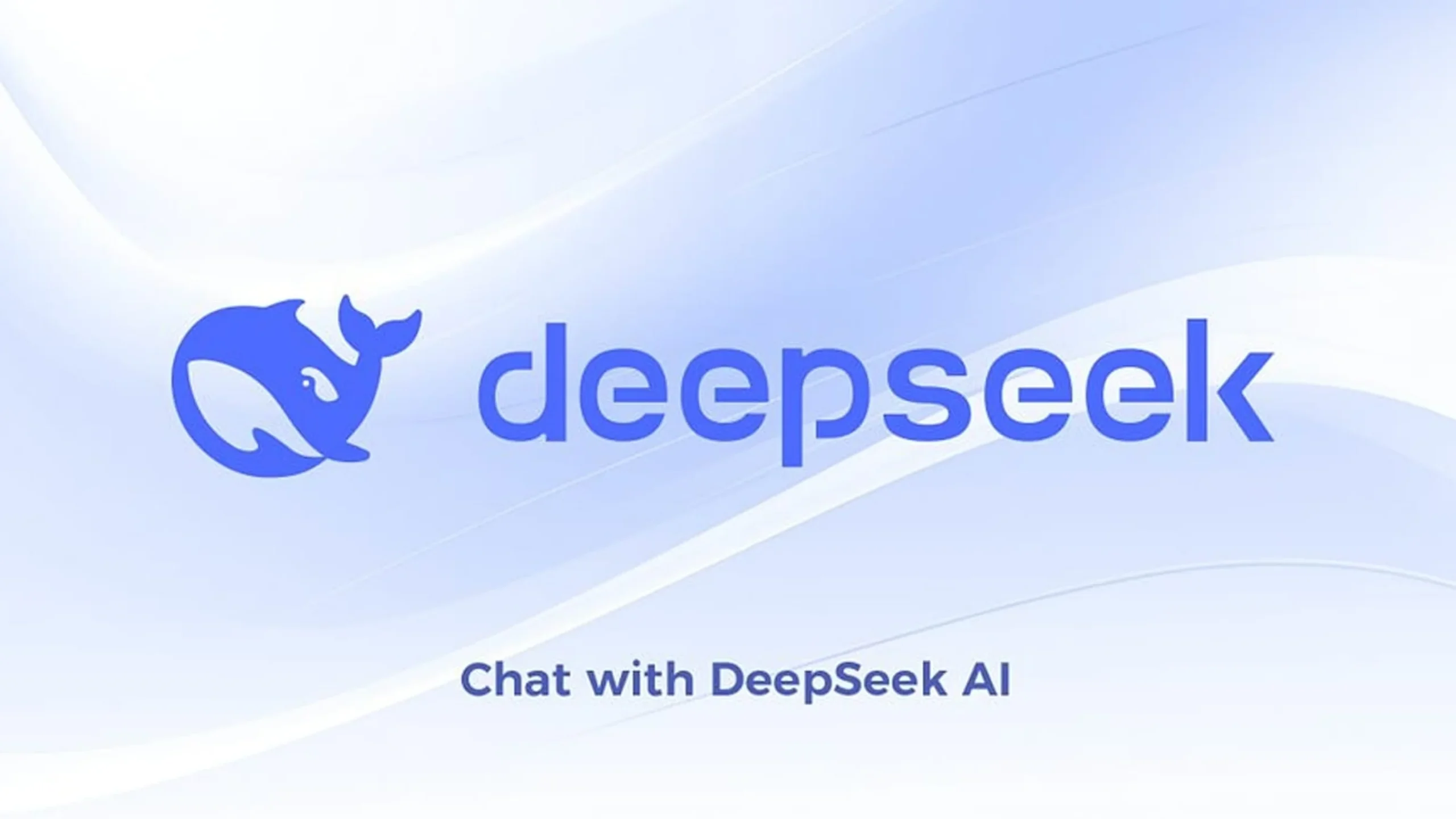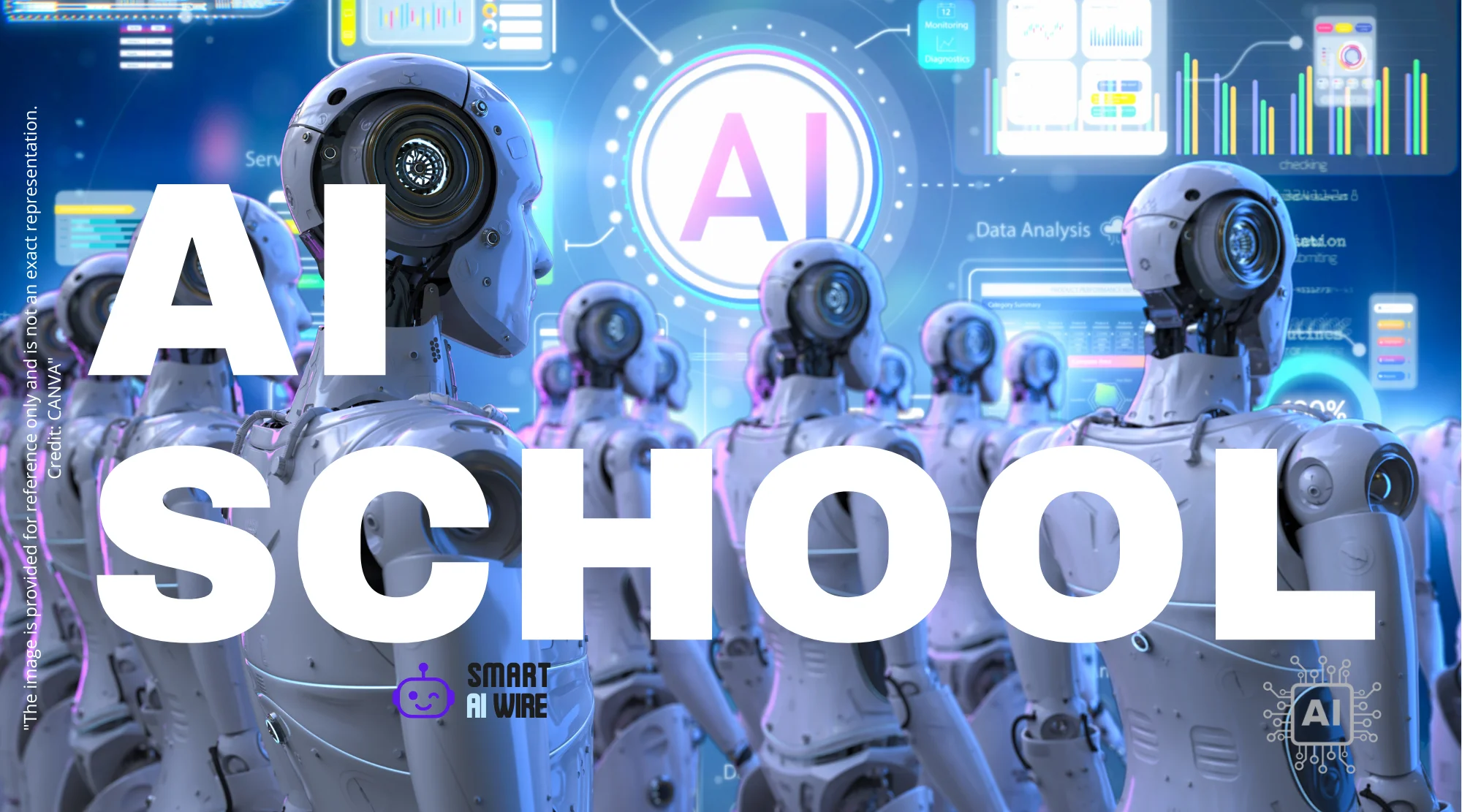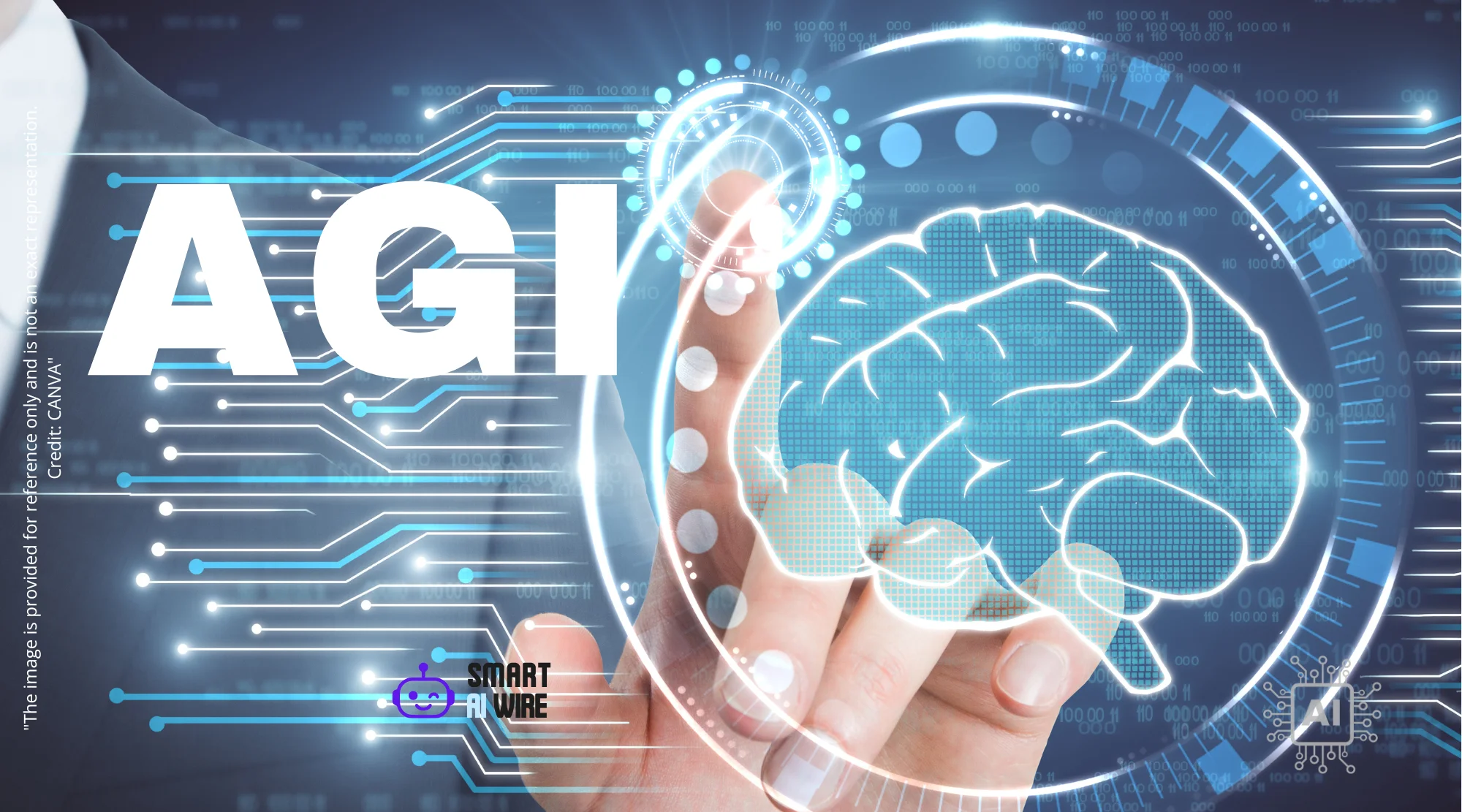The global artificial intelligence landscape is in constant flux, marked by rapid advancements and fierce competition. Amidst this dynamic environment, Chinese AI developer DeepSeek has emerged, challenging established norms and sparking widespread debate. The company’s recent revelations about the surprisingly low cost of training its advanced R1 model, detailed in a peer-reviewed article in the prestigious journal Nature, have sent ripples through the industry. This disclosure directly contrasts with the multi-million dollar figures often cited by its Western counterparts, raising critical questions about the economics of AI development and China’s accelerating role in the global AI race.
DeepSeek’s R1 model, designed for advanced reasoning capabilities, was reportedly trained for a mere $294,000, utilizing 512 Nvidia H800 chips. This figure starkly contrasts with the estimated tens or even hundreds of millions of dollars that leading US AI firms, like OpenAI, reportedly spend on training their foundational models. While OpenAI’s CEO, Sam Altman, has alluded to training costs “much more” than $100 million, specific figures for their releases remain undisclosed. The efficiency demonstrated by DeepSeek challenges the prevailing assumption that cutting-edge AI development necessitates astronomical financial investment.

Unveiling DeepSeek’s Cost-Effective AI Development
The core of the discussion revolves around the training costs of large language models (LLMs). This process involves running massive clusters of high-performance graphics processing units (GPUs) for extended periods, often weeks or months, to process colossal datasets comprising text and code. DeepSeek’s claim of a sub-$300,000 training cost for its R1 model, a reasoning-focused AI, is a significant departure from industry expectations. The use of 512 Nvidia H800 chips in this process is noteworthy.
The H800 chips are a modified version of Nvidia’s more powerful H100 GPUs, developed specifically for the Chinese market after US export restrictions were imposed in October 2022. These restrictions aimed to curb China’s access to advanced AI hardware, fearing its potential military applications. However, US officials have previously suggested that DeepSeek may have had access to H100 chips acquired before the export ban was fully enforced. Nvidia, in response, has stated that DeepSeek has used lawfully acquired H800 chips.
In a supplementary document attached to the Nature article, DeepSeek clarified its hardware usage. The company admitted to owning A100 chips and using them for the initial preparatory stages of development with a smaller model. This phase was followed by the primary training of R1 on the cluster of 512 H800 chips for a total of 80 hours. This detailed breakdown offers a clearer, albeit still debated, picture of their development pipeline.
The revelations have intensified scrutiny on DeepSeek’s methodologies and its place within the global AI ecosystem. The efficiency of their training process raises questions about whether Western AI giants are overspending or if DeepSeek possesses proprietary techniques that significantly reduce computational demands. This development is a crucial talking point in understanding the broader implications of AI advancement, echoing concerns about the future of work and the economic impacts of burgeoning AI technologies, as explored in articles like AI Job Shift 2025: Statistics & Reality of Workplace Transformation.
Model Distillation: A Shortcut or a Legitimate Technique?
A significant aspect of the controversy surrounding DeepSeek involves the practice of “model distillation.” This technique allows a smaller, newer AI model to learn from a larger, pre-existing model, effectively inheriting its capabilities and knowledge without incurring the immense costs associated with training the original model from scratch. Critics, including some US officials, have accused DeepSeek of deliberately distilling OpenAI’s models to create its own, thereby circumventing the substantial investment in time and resources that OpenAI and others have made.
DeepSeek, however, has consistently defended distillation as a legitimate and efficient method for developing high-performing AI models. They argue that it democratizes access to advanced AI technologies by making them more affordable to develop and deploy. In January, DeepSeek stated that it had used Meta’s open-source Llama AI model for some distilled versions of its own models, highlighting its reliance on publicly available frameworks.
The Nature article offers further insight into DeepSeek’s perspective on training data. The researchers acknowledged that the training data for their V3 model included “a significant number of OpenAI-model-generated answers.” They posited that this could lead the base model to indirectly acquire knowledge from other powerful models. However, they stressed that this was an incidental outcome rather than an intentional act of direct copying or distillation. This distinction is crucial in the ongoing debate about intellectual property and the ethical boundaries of AI development.
The implications of model distillation are far-reaching. If proven to be a scalable and cost-effective method for creating powerful AI, it could accelerate the pace of AI innovation globally. It also raises complex questions about ownership, licensing, and the fair use of data generated by other AI systems. For product managers looking to leverage AI, understanding these techniques can be vital for strategic planning, as discussed in AI Tools for Product Managers: Supercharge Your Product Strategy.
The Geopolitics of AI Chip Supply Chains
The reliance on specific hardware, particularly advanced GPUs, underscores the geopolitical dimensions of the AI race. Nvidia’s dominance in the high-performance chip market positions it as a key player, and US export controls on its most advanced AI chips to China have significant implications. The story of DeepSeek’s R1 training, utilizing Nvidia’s H800 chips, highlights the intricate dance between technological innovation, international trade policy, and national security interests.
Nvidia’s strategic decisions to create market-specific chips like the H800 demonstrate its attempt to navigate these complex regulations while continuing to serve its global customer base. However, the effectiveness of these measures in the long run remains a subject of intense observation. The ability of companies like DeepSeek to develop cutting-edge AI despite these restrictions could indicate a shift in the global AI power balance.
The United States government’s proactive stance on controlling the export of advanced AI technology reflects a broader strategy to maintain a technological edge and prevent its strategic competitors from leveraging these advancements for military or economic gain. This has led to a fascinating dynamic where innovation is increasingly shaped by geopolitical considerations. The role of AI in global trade is also becoming increasingly significant, with projections suggesting substantial boosts but also risks of increased inequality, as highlighted by the WTO: AI Could Boost Global Trade 37% But Risks Widening Inequality report.
Understanding the supply chain intricacies and the impact of international regulations is crucial for any organization looking to harness the power of AI. This knowledge can inform strategic decisions about sourcing hardware, developing AI capabilities, and navigating the evolving global AI ecosystem.
The Broader Implications for the AI Industry
DeepSeek’s low-cost training claims have several profound implications for the broader AI industry:
Democratization of AI: If advanced AI models can be trained at significantly lower costs, it could lead to a wider proliferation of AI technologies across various sectors and organizations, regardless of their size or financial resources. This could spur innovation and create new business opportunities.
Rethinking Development Strategies: Western AI companies may need to re-evaluate their development strategies and cost structures. The efficiency demonstrated by DeepSeek could compel them to explore more cost-effective training methods, optimize their hardware utilization, or invest in proprietary research to achieve similar results.
Increased Competition: Lower barriers to entry could intensify competition in the AI market. New players might emerge, challenging the dominance of established leaders and driving further innovation.
Focus on Data and Algorithms: While hardware remains critical, the DeepSeek case suggests that sophisticated algorithms and efficient data utilization might play an even more significant role in achieving high performance at lower costs. This could shift the research focus towards algorithmic innovation.
Ethical Considerations and Transparency: The debate around model distillation and the use of data raises important ethical questions about AI development. The industry will likely face increasing pressure for greater transparency regarding training methodologies, data sources, and intellectual property. This aligns with ongoing discussions about AI ethics and content generation safety, as seen in the context of Grok AI Ethics: Navigating the Complexities of Content Generation and Safety.
The future of AI development may not solely be about who can spend the most but also about who can innovate most efficiently and ethically. Companies like DeepSeek, by pushing the boundaries of cost-effectiveness, are forcing a crucial reevaluation of what is possible in the AI arena.
DeepSeek’s Impact on the Global AI Narrative
DeepSeek’s disclosures, particularly the cost of training its R1 model, have undeniably altered the narrative surrounding the global AI race. For a long time, the perception was that only well-funded tech giants in the West possessed the resources to develop state-of-the-art AI. This narrative is now being challenged by the emergence of companies like DeepSeek, demonstrating significant AI capabilities with comparatively modest investments.
The transparency, albeit compelled by academic publication and scrutiny, offered by DeepSeek regarding its training costs and hardware usage is a rare glimpse into the operational realities of AI development in China. This information is invaluable for researchers, policymakers, and industry observers seeking to understand the competitive dynamics at play.
Furthermore, the discussion around model distillation and incidental knowledge acquisition prompts a deeper examination of AI learning processes. It forces us to consider how AI models learn, what constitutes original work in the AI domain, and how to attribute knowledge and credit appropriately. This is a complex area that requires ongoing dialogue and the development of new frameworks for intellectual property in the age of AI.
The potential for AI to transform various sectors, from healthcare with innovations like MultiplexAI: AI Transforms Parasitic Disease Diagnosis at Point of Care to e-commerce through tools like Google AI’s Personal Shopping Agents Transform E-commerce, is immense. However, the development and accessibility of these transformative technologies are intrinsically linked to the economic and technological realities of their creation.
DeepSeek’s revelations are not just a footnote in the history of AI; they represent a potential paradigm shift. They suggest that the path to powerful AI might be more accessible than previously assumed, opening doors for a wider range of actors to contribute to and benefit from this revolutionary technology. The ongoing monitoring of DeepSeek’s trajectory and the broader implications of their cost-efficient development strategies will be critical for understanding the future direction of artificial intelligence.
The company’s emergence underscores the dynamic and competitive nature of the AI industry, where innovation is not confined to a single region. As the field continues to evolve at an unprecedented pace, such insights into development costs and methodologies become vital for anyone interested in the future of artificial intelligence. The ongoing advancements in AI promise to reshape industries and societies, and understanding the fundamental economics and techniques driving these changes is paramount for navigating this transformative era.



